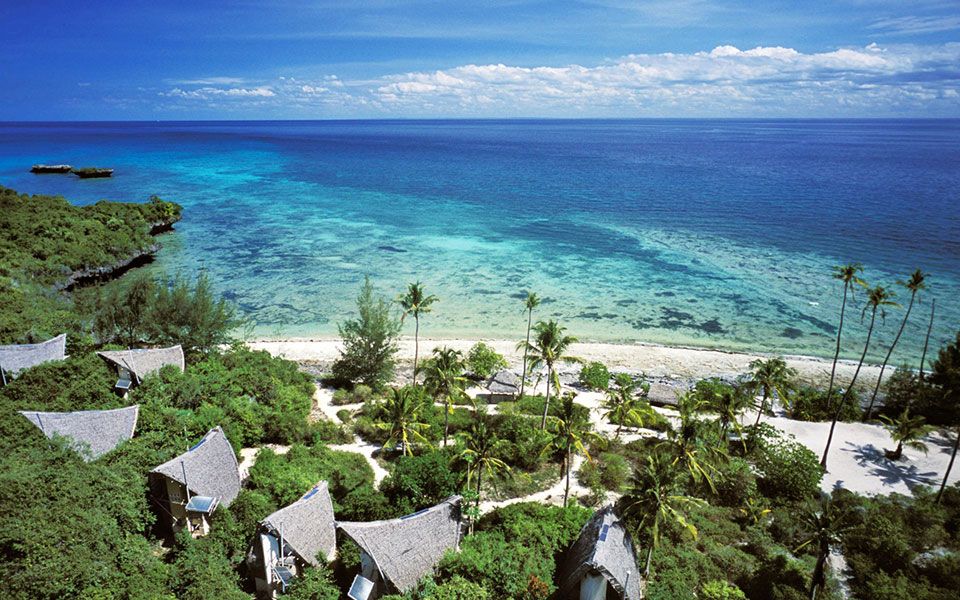Bardiya National Park, also spelled Bardia, is a protected area in Nepal that was established in 1988 as Royal Bardia National Park. Bardia National Park lies in the Southwest region of Terai in Nepal. The park is the largest park of Terai region.
Bardia National Park is one of Nepal’s best-kept secrets. It is Nepal’s largest national park and wilderness area. Located in the Terai region, protecting an area of 968 km² of sal forest, grassland, savannah and riverine forest.
Two major river passes through Bardia National Park; the longest river of Nepal, Karnali and Babai River. No human settlements are permitted to settle inside the park. The southern border of Bardia National Park touches the Nepalgunj-Surkhet highway.
History of Bardia National Park
Nepal lost the area of Bardia National Park to East India Company in Sugauli Treaty. The area returned to Nepal after Nepal supported Indian Independence Movement in 1960.
In the beginning, an area of 368 km sq was set as Royal Hunting Reserve in 1969 and officially renamed as Royal Karnali Wildlife Reserve in 1976. During the regime of Shah Dynasty, the royal family would come to Bardia National Park for hunting purposes.
After the inception of democracy, all hunting and killing activities are deemed illegal. Bardia National Park is the most undisturbed park of Nepal and attracts tourists who prefer nature in its wild habitat.
The park offers opportunities for sport fishing at the Karnali and Babai rivers. The best time to visit is autumn, winter and early summer when the weather is warm and dry
How To Get to Bardia Park
You have two options to get to the park.
By Bus: Kathmandu to Bardia National Park takes around 12-15 hours and buses run daily from Kathmandu and Pokhara to Mahendranagar via Bardia.
By Plain: You can fly to Tribhuvan International Airport in Kathmandu which is the only airport with international operations in the country.

Photo credit: Bernhard Huber / Flickr
Animals in Bardia National Park
The park has an elephant breeding center and keeps a constant watch over the elephants. You can see the Bengal tiger, the Asian elephant, and the greater one-horned rhinoceros. Among the other 50 species of mammal living in Bardia are the Marsh mugger crocodile, Gharial crocodile, swamp deer, grey langur monkeys, and leopard. With a little bit of luck, you can spot the rare Gangetic river dolphins along the Geruwa River.
With more than 651 species of birds, including the endangered Bengal florican and Sarus crane, Bardiya is a paradise for bird-lovers.
Butterfly Watching
With 651 species, which is 3.72 percent of the world’s butterflies, Nepal offers fabulous butterfly watching options. The best seasons for butterfly watching are late March/April, mid May/mid June and late August/September.
About 10 percent of the butterflies in Nepal are Palaearctic species found at above 3,000 m. The best places to watch butterflies are Phulchowki, Jamachowk and Shivapuri hilltops and around Nagarkot, Suryavinayak and Chandragiri areas.

Photo credit: Peak Digital / Flickr
Elephant Breeding Center One-Horned Rhinoceros
The elephant is becoming one of the most endangered animals and the center was established to increase its numbers. The number of Rhinoceros has seen an alarming decrease and recent count revealed just 29 remaining rhinoceros. Since 1973 the population has recovered well and increased to 544 animals around the turn of the century.

Photo credit: Chris Hartford / wikipedia
Crocodile Breeding Center
This is a small breeding center for marsh mugger and gharial crocodiles, as well as turtles.
The wide range of vegetation types in forest and grassland provides excellent habitat for 642 faunal species. The Karnali-Babai river system, their small tributaries and myriads of oxbow lakes is habitat for 125 recorded species of fish. A small population of gharial inhabits the rivers. Apart from the mugger crocodiles, 23 reptile and amphibian species have been recorded

Photo credit: Dibyendu Ash / wikipedia
Birds Watching
Current checklists include 407 bird species, among them the Bengal florican, white-rumped vulture, peafowl, and bar-headed geese, which are symbolic of the park.[5] Lesser florican and sarus crane are present; grey-crowned prinia, jungle prinia, pale-footed bush warbler, aberrant bush warbler, striated grassbird, golden-headed cisticola and chestnut-capped babbler occur in the park’s grasslands.
Main photo credit: Paani Program / Flickr
Want to learn more about other Asian sustainable destinations? Check our other posts about sustainable destinations in Asia.






